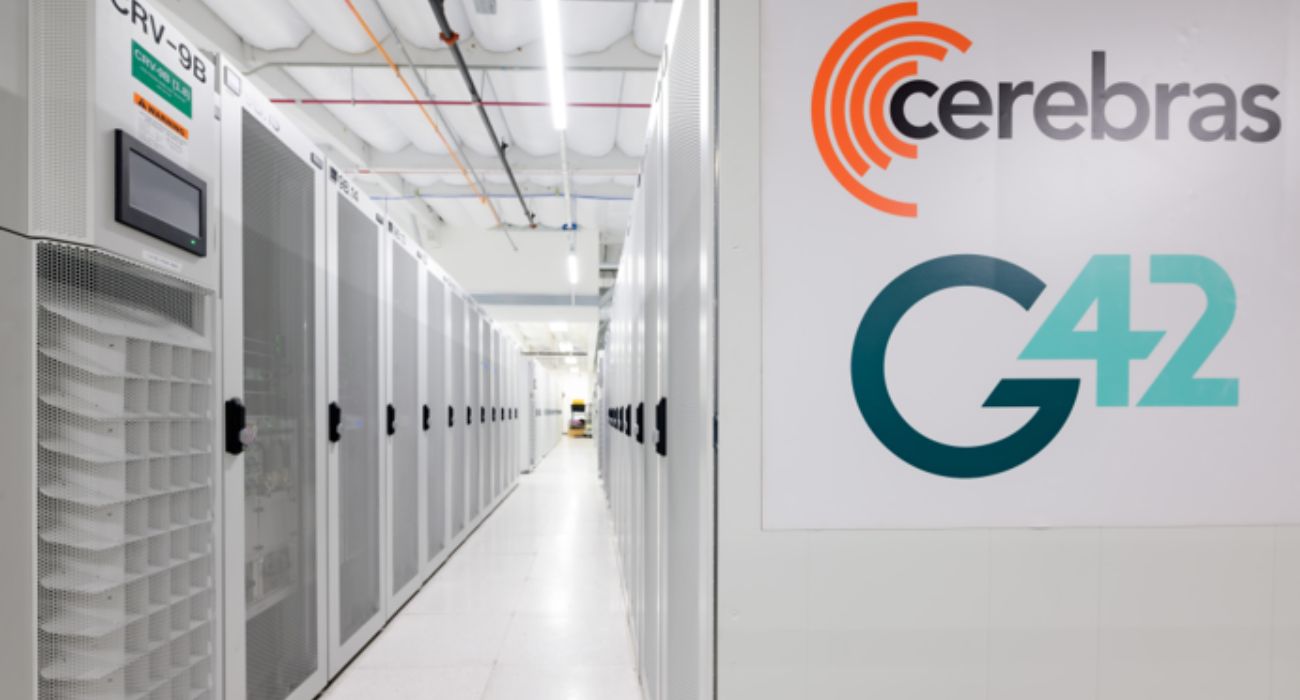The Artemis I mission will orbit around the moon for the first time in 50 years, and more than one North Texas company is part of the team making it happen. The North Richland Hills SeyTec company and the Arlington-based General Electrodynamics Corporation are playing important roles in the moon mission, KCEN TV reported.
SeyTec, an aerospace hardware distributor, provided many of the fasteners used for the spacecraft. Ronnie Childs, the Vice President of Sales and Marketing for SeyTec, shared that the company’s nuts and bolts were utilized for the Orion capsule.
“We have more fasteners on the Orion capsule than anyone else,” Childs told KCEN TV. “It’s very exciting, and we’re very honored to take part in the whole thing.”
The General Electrodynamics Corporation, or GEC, provided the scales for measuring NASA’s moon rocket. The rocket is called the Space Launch System. This corporation also built the cameras used for taking photos during NASA’s 1964 Mars mission, according to KCEN TV.
Harold Thomas, the president of GEC, said 10 platforms were sold to NASA for the moon mission. Thomas told KCEN TV, “It’s rewarding to play a small part and a role in that process.”
“The Artemis I will be the first in a series of increasingly complex missions to build a long-term presence at the Moon for decades to come,” NASA stated on its website. However, that is not the end goal.
“Our sights are not set on the moon. Our sights are set clearly on Mars,” an official told KCEN TV. The Artemis I mission will provide a foundation for future human deep space exploration.
Although the first test flight will carry three crash-test dummies as passengers, later Artemis missions to the moon will carry human astronauts aboard the Orion capsule. This first launch will travel in an elliptical orbit around the moon, taking it further from the earth than any human-rated spacecraft has ever gone.
Mike Sarafin, an Artemis I mission manager, told KCEN TV this test flight will be different from previous space missions.
“This is a mission that truly will do what hasn’t been done and learn what isn’t known. It will blaze a trail that people will follow on the next Orion flight, pushing the edges of the envelope to prepare for that mission,” Sarafin said.
The Space Launch System rocket was initially scheduled to launch on August 22 but was rescheduled due to a hydrogen leak. It was delayed until August 26 and then delayed again until September 3, WESH reported. The leak kept engineers from being able to cool one of the four main engines.
NASA Administrator Bill Nelson told KCEN TV that delays in the space business are common. “It’s just part of the space business, and it’s part of, particularly, a test flight,” Nelson said.
“This is a very complicated machine, a very complicated system, and all those things have to work, and you don’t want to light the candle until it’s ready to go.”
Orion will orbit in outer space for nearly 38 days, traveling a total distance of more than 1.3 million miles, before splashing down on October 11, according to NASA. It will land off the coast of California and be recovered by teams from NASA and the United States Navy.






